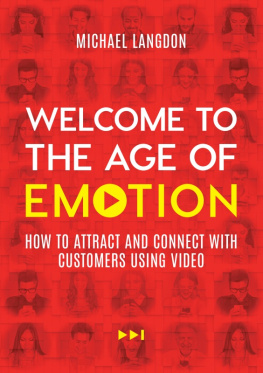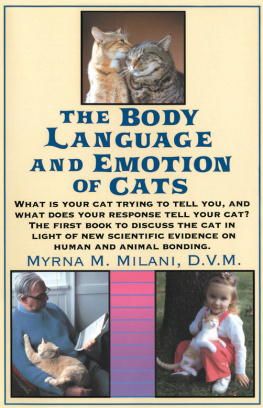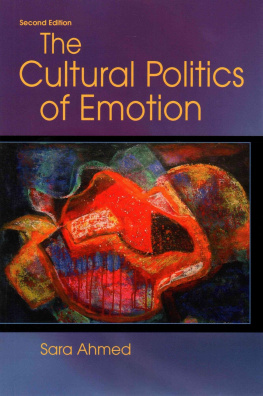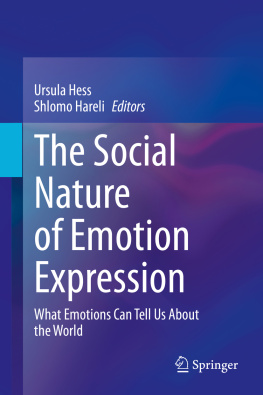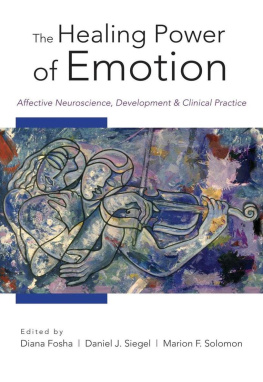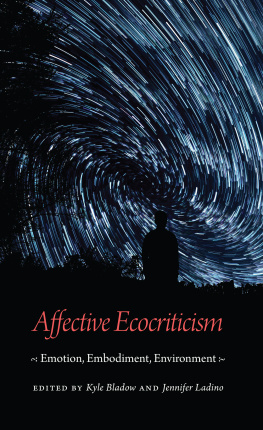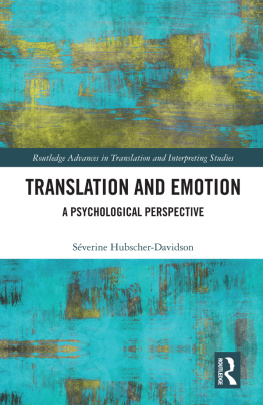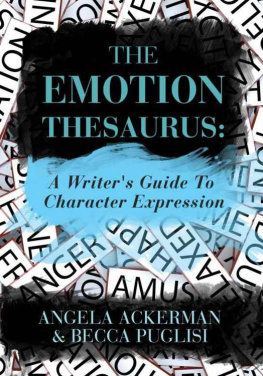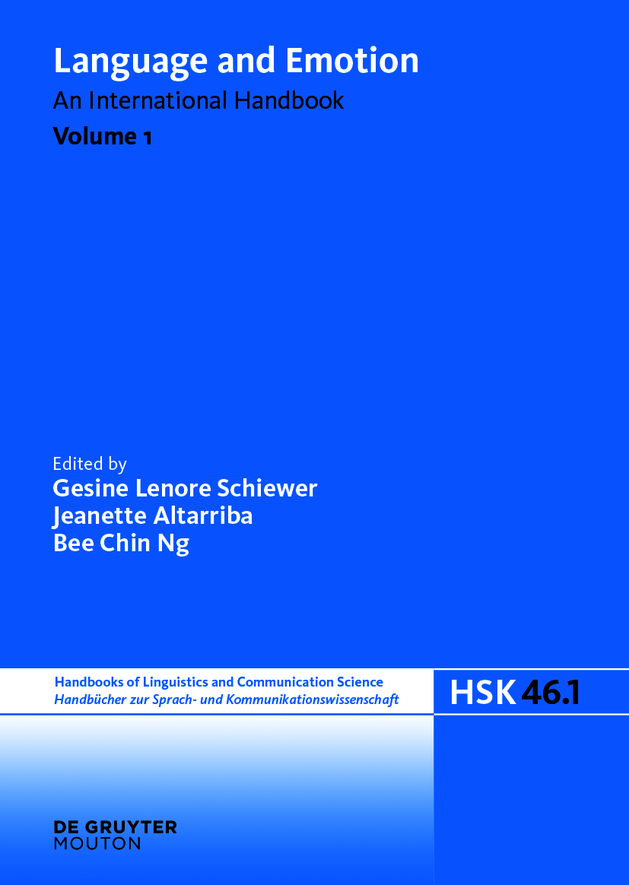Handbcher zur Sprach- und Kommunikationswissenschaft / Handbooks of Linguistics and Communication Science [HSK]
Edited by
Gerold Ungeheuer
Jeroen Darquennes
Herbert Ernst Wiegand
Patience Epps
Volume 46/1
ISBN 9783110347487
e-ISBN (PDF) 9783110347524
e-ISBN (EPUB) 9783110394603
Set-ISBN 9783110347531
Bibliographic information published by the Deutsche Nationalbibliothek
The Deutsche Nationalbibliothek lists this publication in the Deutsche Nationalbibliografie; detailed bibliographic data are available on the Internet at http://dnb.dnb.de.
2022 Walter de Gruyter GmbH, Berlin/Boston
Introduction
The study of language and emotion is a highly topical interdisciplinary field of research that at the same time has a lengthy history, beginning at least with Greek philosophy and Aristotles Rhetorics from the 4th century B.C. In the decades since the 70s and 80s of last century, it has enjoyed a steadily increasing boost with a successful, even outstanding history of research and innovation across a range of disciplines. The staggering amount of published research related to language and emotion to be found on the internet alone is an indication of the extensive interest in this topic.
Our initial reflections on language and emotion arose from some rather simple and at the same time highly urgent questions:
What do we know as language researchers of different provenance, especially as linguists, communication scholars, and literary scholars, about how languages and language use are related to emotion?
Why is it important and relevant to study how languages and language use are linked to emotions?
What approaches already exist in the core disciplines of language research?
These questions led to intensive research and finally resulted the current three volume handbook as it became abundantly clear that language and emotion is not a minor topic and instead, a comprehensive approach is required. This notion leads to an approach that can be formulated in a manner best summed up by Roman Jakobson: Linguista sum; linguistici nihil a me alienum puto (Jakobson 1960: 377). This insight demanded that all linguistic levels of description and subdisciplines, from phonetics and phonology to morphology, syntax, and semantics, to text, conversation, and discourse analysis be examined to highlight their specific intersections with emotion and to isolate which research approaches are available or need to be deepened or developed.
Beyond that, however, the research by no means referred solely to linguistics and linguistically focused communication science. From the very beginning it was clear that literary studies in its manifold manifestations of English, American, German, Romance, Slavic, Asian, comparative studies, etc. should also be considered as comprehensively as possible. Here, too, it emerged that already existing successful and important works should be supplemented by further research. It is therefore the aim of the present handbook to bring a systematic conception into the discussion based on linguistic, communication and literary language research.
Furthermore, in the course of the research, with the ever-growing bibliographies and proliferation of books and articles on the topic, something else became clear the simple but urgent questions posted above about language and emotion is also highly relevant to the wider communicative processes in most societies such as politics, religion, art, economy, law and other fields. We realized that the study of language and emotion represents an interdisciplinary theme complex with a wide range of practically-oriented applications of scientific findings. Therefore, it was important to bear in mind what the philosopher of science Jrgen Mittelstrass emphasizes: Borders of the subjects and boundaries of the disciplines threaten more and more not only to become institutional boundaries, but also to become cognitive boundaries. (Mittelstrass 1989: 68 [translated by the editors]).
Hence, this Handbook is designed for researchers with an interdisciplinary interest, and it is also aimed at a broader academically interested audience including students. It offers a comprehensive approach to this highly topical field of knowledge and presents current emotion research within its interdisciplinary theoretical foundations, including the practice-related fields of application. A spectrum of focal points in this field of research is considered, which is appropriate to illustrate deep insights into most relevant issues of research and to demonstrate the overarching significance of both the subject fields of language and emotion at the same time. This is covered fairly extensively in international research communities all over the world especially in English, but it is also very well represented in continental Europe, for example, in German and French, among others, and also in Asia. In addition to a theoretical overview that is as broad as possible, this Handbook expands its coverage on emotion research to other fields such as communication, literature, culture, art and design, media studies, sociology, psychology, philosophy, anthropology, and history. Further emphasis is placed on disciplines that have long ignored the topic of emotions, including information technology, computer science and artificial intelligence, economics, law, and political science. Please note that some articles use UK spelling conventions and others use US spelling conventions.
Consequently, this Handbook on Language and Emotion offers a comprehensive, inter-disciplinary perspective and is open to various theoretical approaches and application-related perspectives at the interfaces of language and emotion research. It takes stock of the current state of research and presents projections for subsequent discussion.
Aims of the Handbook
The diversity of approaches makes it practically impossible for students and scholars today to survey the field as a whole. Actually, there is no international outline of the wide-ranging dimensions and perspectives of the complex field of language and emotion. The astounding breath and reach of this topic makes it very difficult for anyone to have a birds eye view of the field.
The Handbook is meant to give a historical and systematic profile of the problem area of language and emotion and to facilitate this research task by offering surveys of the relevant aspects and referring the reader to more in-depth coverage or to other relevant articles in the Handbook. Correlating the actual as well as the most prominent emotion theories in history and diverse approaches, it aims for a conception of all the relevant aspects of language and emotion and hence for an important contribution to the semiotics and linguistics of emotion.
It is meant to provide an impetus to international and cross-disciplinary discourses in linguistic and emotion research including eastern and western perspectives on language, communication, and emotion. Overall, the Handbook aims at demonstrating that language research has to be considered as core discipline of emotion research, a scientific field that seems to be dominated mainly by psychology and increasingly by cognitive sciences.
Outline of the Handbook
The Handbook consists of four major sections, each of which is introduced by a survey chapter. It briefly presents a framework in which the individual articles of that section will be situated, and at the same time, provides an overview of each section and its relation to the volume as a whole.


